Table of Contents
Top 5 Quick Substitutes for Dried Mustard
When you need dried mustard substitute immediately, these options work best:
- Prepared mustard - Use half the amount (1 tsp dried mustard = 1/2 tsp prepared mustard)
- Yellow mustard - Use 1 tablespoon per teaspoon of dried mustard
- Mustard seeds + liquid - Grind 1 tsp seeds with 2 tsp water/vinegar
- Vinegar + pinch of turmeric - For color and tang in dressings
- Horseradish - Use sparingly for strong, sharp flavor in meats
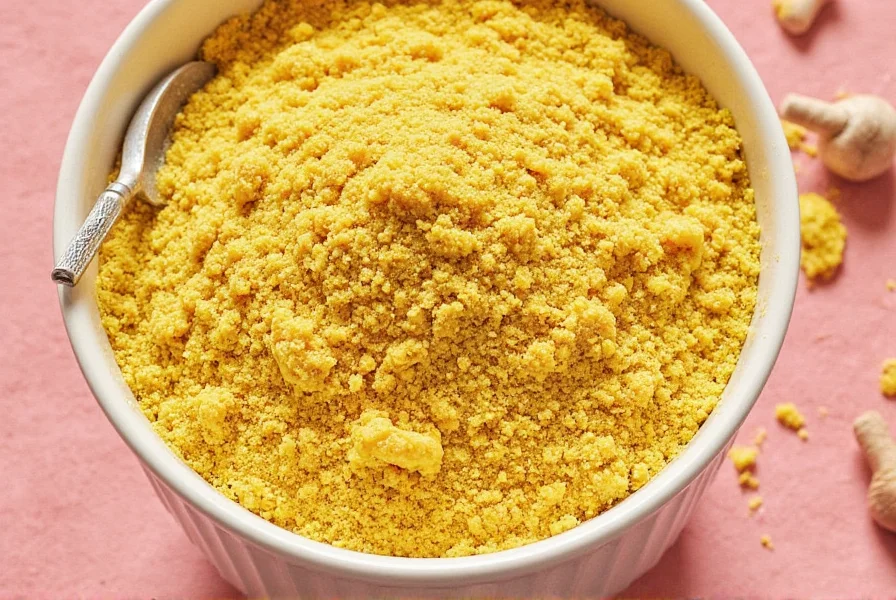
Dried Mustard Substitution Ratios Chart
| Substitute | Ratio (to 1 tsp dried mustard) | Best For | Limitations |
|---|---|---|---|
| Prepared mustard | 1/2 tsp | Sauces, dressings, marinades | Adds moisture; reduce other liquids |
| Yellow mustard | 1 tbsp | Salads, sandwiches, light sauces | Milder flavor; lacks depth |
| Mustard seeds + liquid | 1 tsp seeds + 2 tsp liquid | Baking, cheese dishes, hearty recipes | Requires grinding; stronger bite |
| Vinegar/lemon juice + turmeric | 1 tsp acid + pinch turmeric | Vinaigrettes, light dressings | No mustard flavor; just acidity |
| Horseradish | 1/4-1/2 tsp | Meat dishes, robust sauces | Stronger heat; not for delicate dishes |
Best Substitutes for Different Recipes
For Baking and Cheese Dishes
Dried mustard is commonly used in cheese puffs, macaroni and cheese, and other baked dishes for its ability to enhance cheese flavor without adding moisture. When substituting:
- Mustard seeds + water paste: Grind 1 tsp mustard seeds to powder, then mix with 1 tsp water. This provides the closest flavor profile to dried mustard in baking.
- Prepared mustard reduction: Simmer 1 tbsp prepared mustard until reduced to 1/2 tsp to concentrate flavor and remove excess moisture.
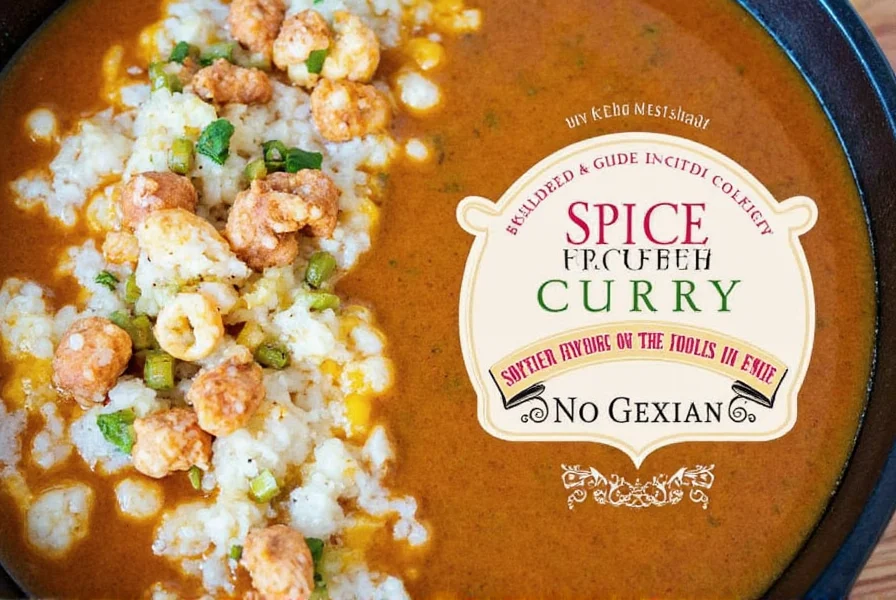
For Salad Dressings and Vinaigrettes
The emulsifying properties of dried mustard make it valuable in dressings. For best results:
- Prepared mustard: Use half the amount of dried mustard called for. It emulsifies perfectly and adds the right tang.
- Yellow mustard + lemon juice: Combine 1 tsp yellow mustard with 1/2 tsp lemon juice for balanced acidity.
- Vinegar alternative: For oil-based dressings, use 1 tsp apple cider vinegar plus a pinch of turmeric for color.
For Meat Marinades and Glazes
When dried mustard is used to tenderize and flavor meats:
- Horseradish: Provides similar sharpness with added heat. Use 1/4 tsp horseradish per 1 tsp dried mustard.
- Soy sauce + vinegar: Combine equal parts for umami and acidity (1/2 tsp each per 1 tsp dried mustard).
- Worcestershire sauce: Offers complex flavor (use 3/4 tsp per 1 tsp dried mustard).
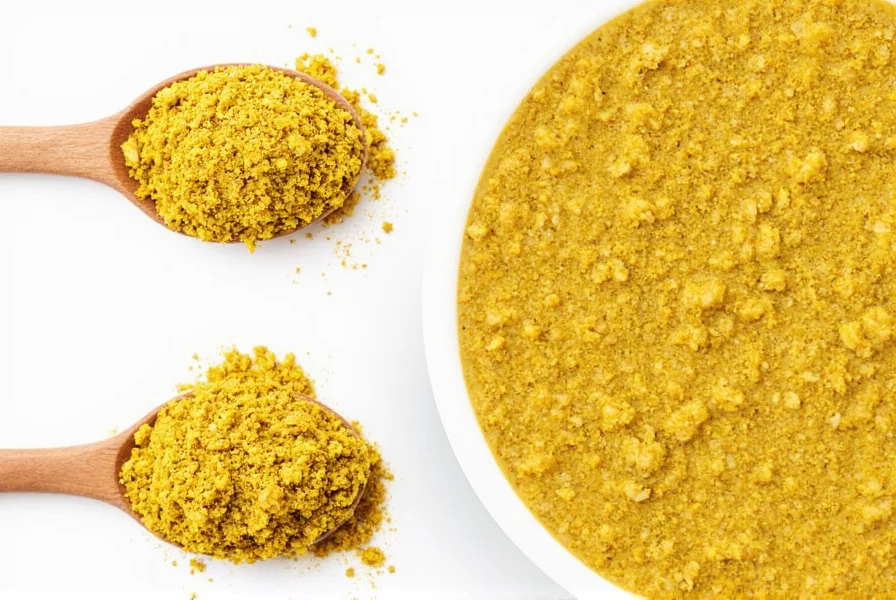
Practical Tips for Perfect Substitutions
Professional chefs rely on these techniques when substituting for dried mustard:
- Adjust for moisture content: For every 1 tsp of liquid substitute, reduce other liquids in the recipe by 1/4 tsp to maintain proper consistency.
- Bloom flavors properly: When using dry substitutes like mustard seeds, always combine with liquid and let sit for 10-15 minutes before adding to recipes to develop full flavor.
- Balance the sharpness: If your substitute lacks mustard's characteristic tang, add 1/8 tsp citric acid or 1/2 tsp lemon juice per teaspoon of substitute.
- For baking applications: Create a paste with mustard powder and minimal water (1:2 ratio) to prevent altering dough or batter consistency.
- Taste as you go: Mustard intensity varies by brand, so always start with less substitute and adjust after 5 minutes of cooking.
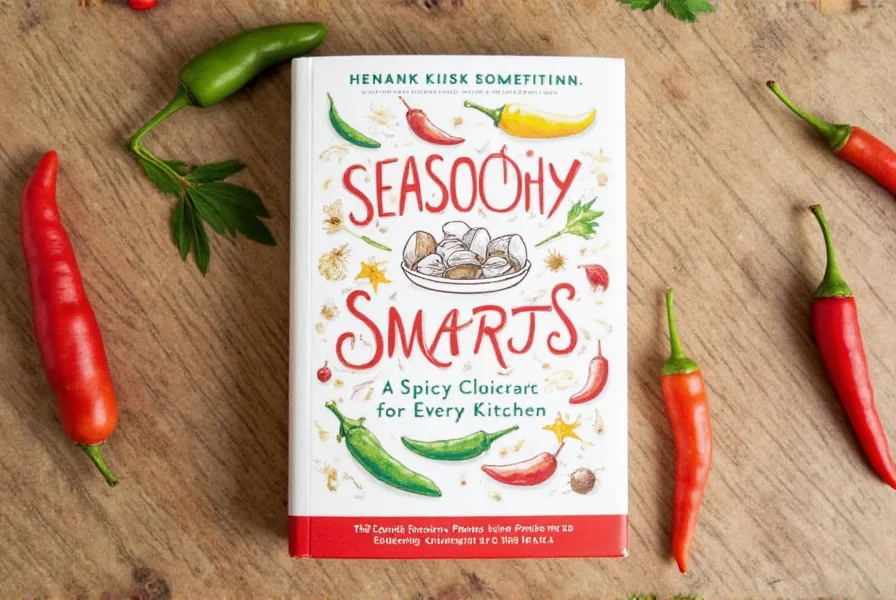
Frequently Asked Questions
What is the exact conversion for dried mustard to prepared mustard?
The precise conversion is 1 teaspoon of dried mustard equals 1/2 teaspoon of prepared mustard. This accounts for the water content in prepared mustard. For best results, mix the prepared mustard with a small amount of recipe liquid first to help it incorporate smoothly.
How much yellow mustard equals 1 teaspoon of dried mustard in mac and cheese?
For macaroni and cheese recipes, use 1 tablespoon of yellow mustard per 1 teaspoon of dried mustard called for. Since cheese dishes benefit from mustard's emulsifying properties, add 1/4 teaspoon of cornstarch to help maintain sauce consistency when using yellow mustard as a substitute.
Can I use wasabi instead of dried mustard in recipes?
Yes, but with caution. Wasabi provides a similar sharpness but has a distinct flavor profile. Use only 1/4 teaspoon of wasabi paste per 1 teaspoon of dried mustard, as it's significantly stronger. Best for Asian-inspired dishes where the flavor complement works well, but not ideal for traditional Western recipes.
What's the best dried mustard substitute for canning and preserving?
For canning and preserving, mustard seeds are the safest substitute. Use 1 teaspoon of crushed mustard seeds per 1 teaspoon of dried mustard. The seeds provide the necessary acidity and antimicrobial properties that dried mustard contributes to preservation, unlike liquid substitutes which alter pH balance.
Why does my substitute make my sauce too thin?
Liquid substitutes add moisture that dried mustard doesn't. For every teaspoon of liquid substitute used, reduce other liquids in your recipe by 1/4 teaspoon. Alternatively, make a slurry with 1/4 teaspoon cornstarch mixed with the substitute before adding to your recipe to maintain proper sauce consistency.
How can I mimic the heat of dried mustard without actual mustard?
Combine 1/2 teaspoon white vinegar with a pinch each of cayenne pepper and turmeric. The vinegar provides acidity, cayenne adds heat, and turmeric gives the characteristic yellow color. For each teaspoon of dried mustard needed, use this mixture and let it sit for 10 minutes to develop full flavor.
What substitute works best for deviled eggs that call for dried mustard?
For deviled eggs, prepared mustard is ideal - use half the amount of dried mustard called for. The slight sweetness and tang complement the egg yolks perfectly. If using yellow mustard, reduce to 1 teaspoon per recipe and add a pinch of cayenne for depth. Never use horseradish in deviled eggs as it overwhelms the delicate flavor.
Can I substitute Dijon mustard for dried mustard in baking?
Yes, but with adjustments. Use 1/2 teaspoon of Dijon mustard per 1 teaspoon of dried mustard, and reduce other liquids by 1/4 teaspoon. Dijon works particularly well in cheese-based baked goods but imparts a stronger flavor than standard prepared mustard, so it's best reserved for recipes where that distinctive taste is desirable.
Conclusion
Knowing the precise dried mustard substitution ratios transforms your cooking when this pantry staple runs out. The key is understanding that 1 teaspoon of dried mustard equals 1/2 teaspoon of prepared mustard - this fundamental ratio solves most substitution challenges. For baking applications, always account for moisture differences, and for dressings, prioritize emulsifying properties.
Professional chefs keep mustard seeds on hand specifically for these situations - they're the most versatile substitute that works in nearly any recipe when properly prepared. Remember to adjust liquid content when using wet substitutes, and let dry substitutes like ground seeds bloom in liquid for 10 minutes before use.
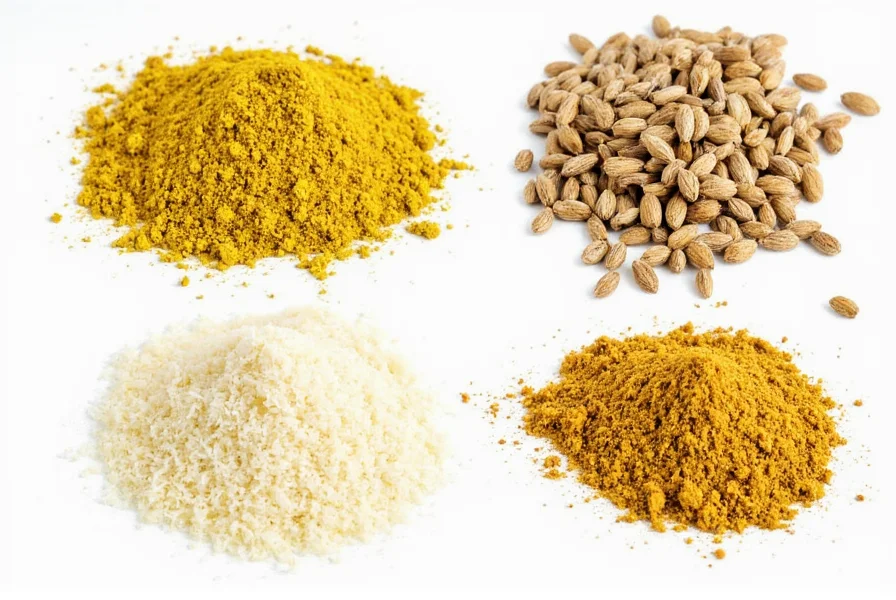
With these precise ratios and professional techniques, you'll never have to abandon a recipe due to missing dried mustard again. The right substitute, properly measured and applied, delivers identical results to the original ingredient.

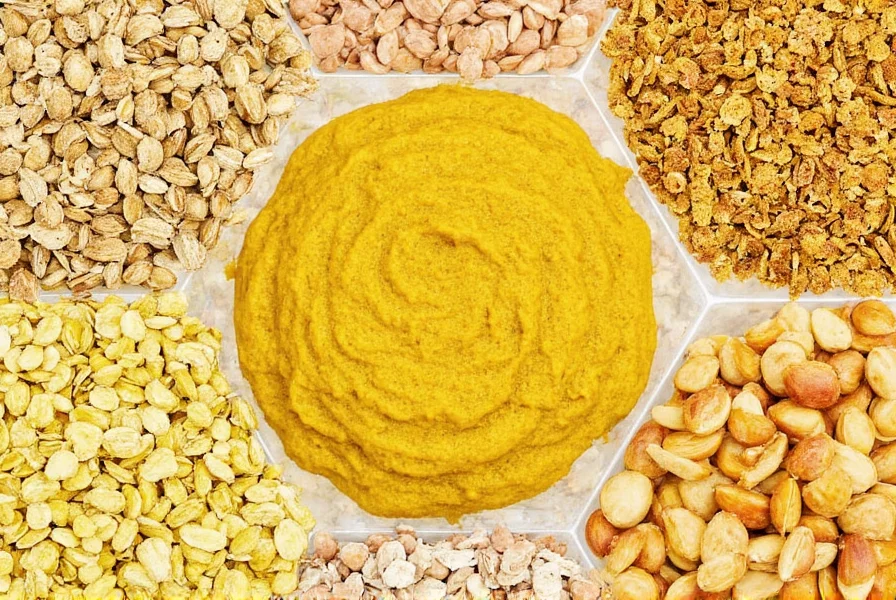









 浙公网安备
33010002000092号
浙公网安备
33010002000092号 浙B2-20120091-4
浙B2-20120091-4